How to Can Homemade Ketchup: A Safe Recipe for a Water Bath Canner
This page may contain affiliate links. More Information.
Learn how to make homemade ketchup from fresh or canned tomatoes. Making it from scratch allows you to know just what is in the jar! Make this for canning and storage on the shelf or just put it in the fridge. The yield is about 3-pint jars.
Avoid artificial ingredients. Take a look at your store-bought ketchup ingredients. High-fructose corn syrup was the second ingredient on the brand I was using. That is when I decided to investigate canning my own, homemade ketchup.
I tried several times before I came up with this recipe that finally met with the approval of my crew.
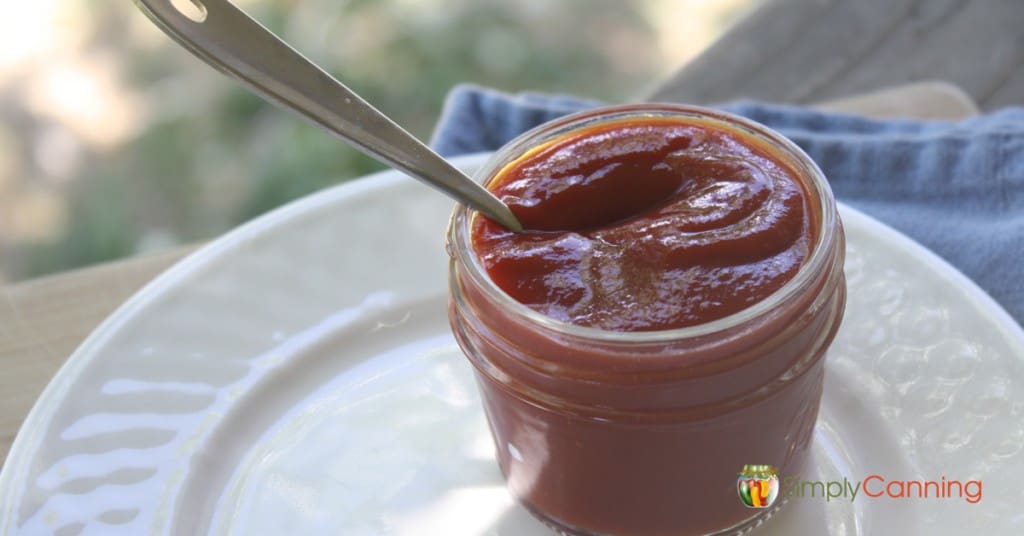
This Page Includes:
Homemade Ketchup: Expanded, Step-By-Step Directions
Remember to use a tested recipe. I got this basic recipe from the Ball Blue Book, but we didn’t care for the spices they added, so I tried several times before I came up with this recipe that finally met with my crew’s approval. You can adapt the seasonings like I did, but don’t mess with the ratio of vinegar and tomatoes and any other vegetables. It is the acidity of the recipe that makes it safe for a water bath processing.
This is a pickled item. Even though you may not think of homemade ketchup as a pickled item, it falls in that category in home canning. The vinegar added makes the acidity of this recipe.
Ketchup can be processed safely in a water bath canner.
This makes about 3 pints, which is a small batch. It can be processed in a water bath canner if you want to store it on the shelf. Or you can refill your ketchup bottle and store in the fridge.
Gather Your Canning Supplies:
- water bath canner
- canning jars
- canning seals and rings
- jar lifter
- canning funnel
- large pot
- bowls
- large spoons
- sharp knife
- towels and dish cloths
- ladle
- food mill
- Crockpot (optional, but very helpful – see details below)
Ingredients:
- 4 quarts chopped tomatoes (or tomato puree)
- 1 cup chopped onion
- 1/2 cup chopped sweet pepper
- 1 1/2 cups vinegar
- 1 Tbsp. canning salt
- 1/4 tsp. ground allspice
- 1 stick cinnamon
- 3/4 cup sugar
Start by preparing jars, and get water in your canner heating. (See water bath canning for full directions.)
First, Make a Tomato Puree
Combine 1 quart of the tomatoes, all of the onions and sweet pepper in a large pot. Simmer until vegetables are soft. Then press all tomatoes, and the tomato mixture you just made with onion and sweet pepper mix, through a food mill to remove seeds and/or skins.
Optional – If your tomatoes are already pureed and are skinless and seedless, you don’t have to run it all through the food mill. Do run the mixture with the onion and vegetables through the mill. You want the puree to be very smooth.
These directions start from fresh tomatoes that create the tomato puree. If you already have puree or chopped/peeled (which canned tomatoes would be), then you can start from that point in the recipe instead.
Bring all this to a boil in a stockpot. Boil rapidly until thickened, stirring often. It will reduce the quantity by about half. This may take an hour or so.
Second, Make Your Ketchup
Add vinegar, salt, sugar and other seasonings. Add cinnamon stick.
Place sauce in a slow cooker on high with the cover removed. Cook until thickened to your desired consistency, again stirring often. This may take another hour or even several hours.
Remove cinnamon stick.
You can then put into a jar and refrigerate for use, or you may process in pint jars. I saved my last ketchup bottle from the store and refilled it from this recipe, and then just stored it in the fridge.
Canning Homemade Ketchup
If you want to process for storage on the shelf, use the following directions.
Pour hot ketchup into hot jars, leaving 1/4-inch headspace.
Remove air bubbles with a plastic knife or other small tool. I like to use an orange peeler. Wipe rims clean and process according to water bath canning directions.
Quarts – not recommended.
Process pints for 10 minutes, adjusting for altitude according to the chart below. For more information on why this is important, see this altitude adjustments page.
Pinnable Recipe
Homemade Ketchup from Scratch: Tips & FAQs
Making Smooth Homemade Ketchup
Cook until all the vegetables are very soft. Then when you run it through the food mill, it will come out smooth. It might not be exactly the same as a commercial product, but you can get it pretty close.
How to Thicken the Sauce for Making Ketchup
There are two points in this process where you cook to thicken your sauce. First, with just the tomatoes and veggies, and then you’ll add the rest of the ingredients and thicken again.
For the second cook time, I like to use my Crockpot. Put sauce in a Crockpot on high, with the lid removed. Cook until thickened (1+ hours), stirring occasionally. Slow cookers vary, so be sure and watch it. You can also just cook the sauce on low in the pot on your stove for about 30 minutes. Stir often to avoid scorching.
To Can or Not?
Ketchup can be processed safely in a water bath canner. This makes about 3 pints, which is a very small batch. It can be processed like other canned foods, or you can skip the processing step and just refill your ketchup bottle and store in the fridge. That is what I did. If you like the recipe, double it the next time. That way you can process 6 pints. I don’t like running a half-full canner. It seems so inefficient.
How Long Does Homemade Ketchup Last Once Canned?
Read more about the shelf life/expiration dates for home canned food here.
Pros & Cons of Making Homemade Ketchup
Cost-effective? Probably not. You can buy ketchup pretty cheap at the store.
Labor-intensive? Yes, sort of. This homemade ketchup takes a long time to cook down…but you are not standing there the entire time. Just check to watch for scorching and go about your daily tasks.
Then again…it IS pretty easy to grab a bottle at the store. But if you want to make it yourself, know what is in the jar, and love to adjust the taste by adjusting seasonings, it is soooo good! Plus, if you’ve got a glut of tomatoes from the garden and don’t know what to do with them, this is a good way to use it up.
Related Pages
Plum Sauce Recipe
I think you’ll like this delicious plum sauce recipe (also sometimes known as a plum BBQ sauce).
Sweet Pickle Relish
This easy canning recipe for homemade sweet relish is used for summertime hot dogs, potato salad, hamburgers, and more.
Pin This to Find Later
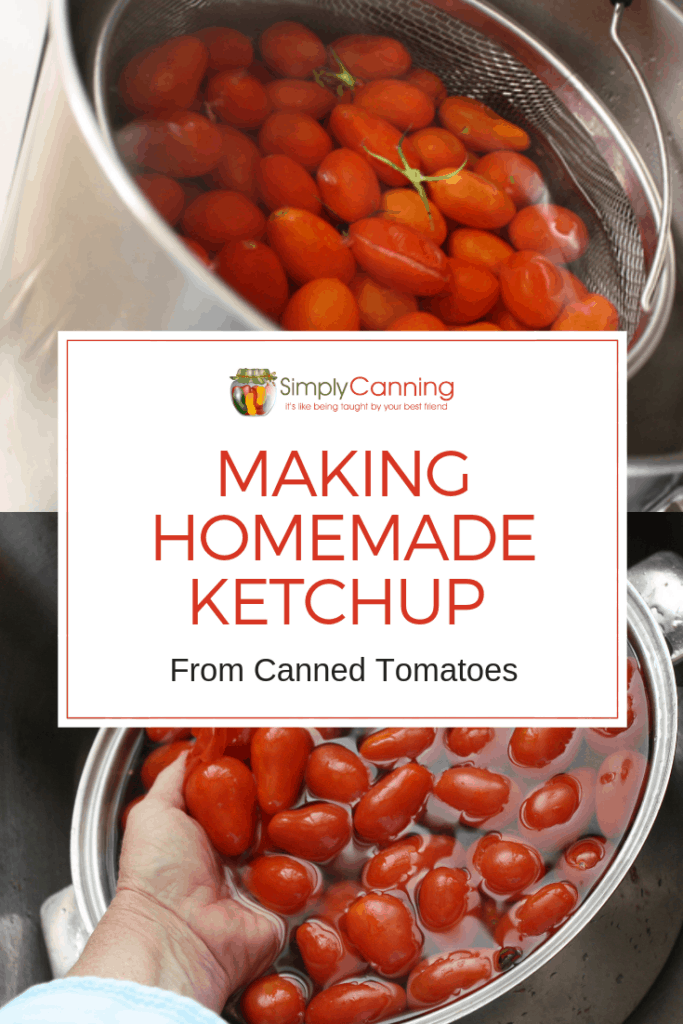
Source: Ball Blue Book Guide to Preserving
Page last updated: 9/3/2021

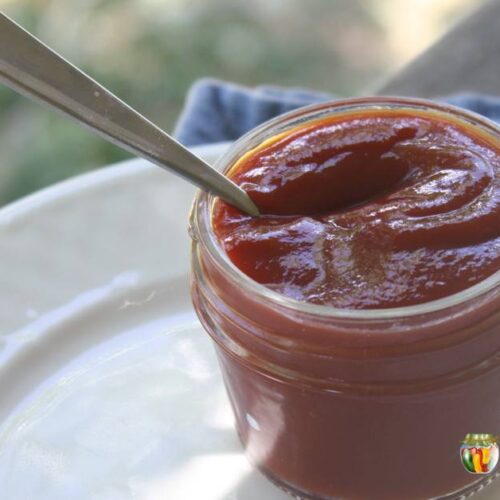
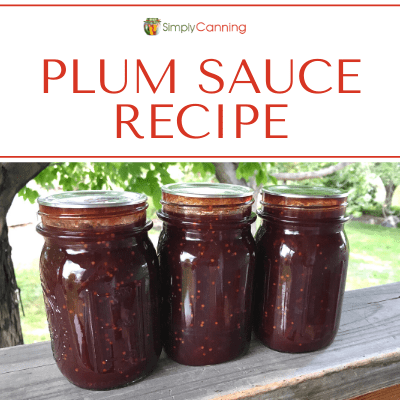
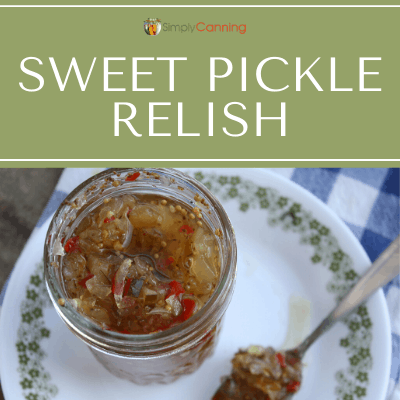
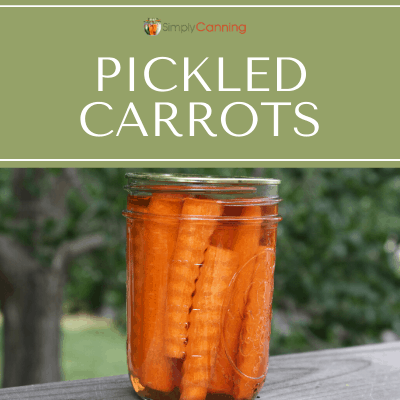
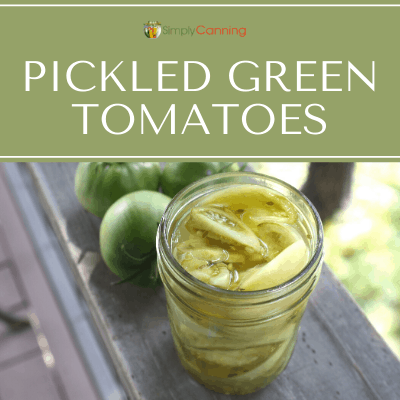
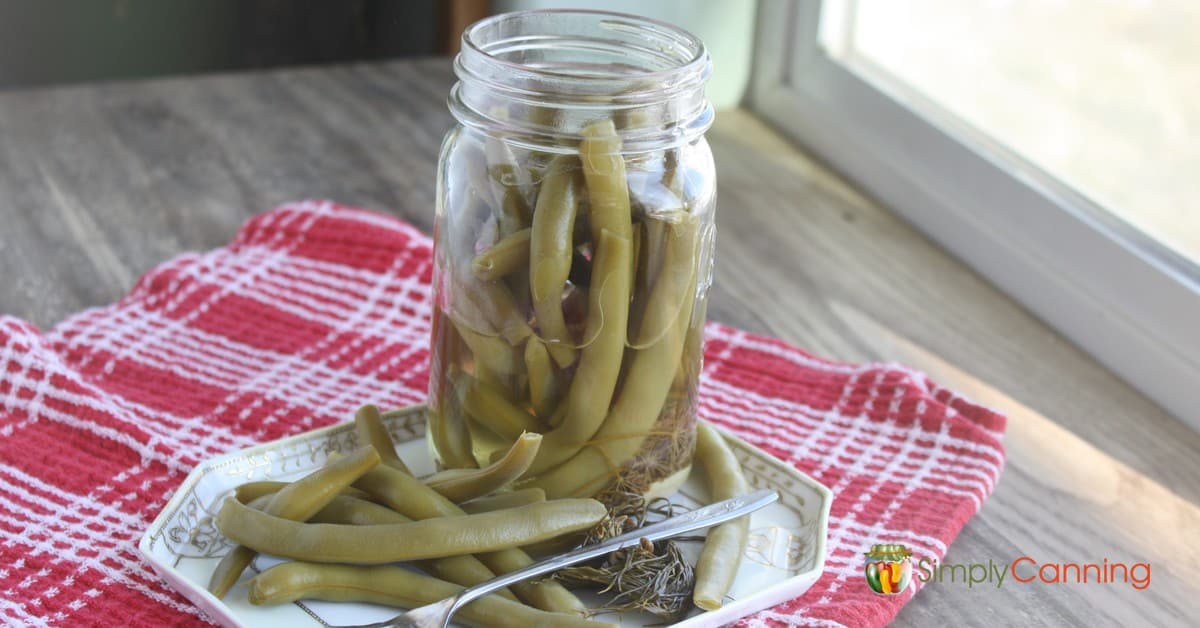
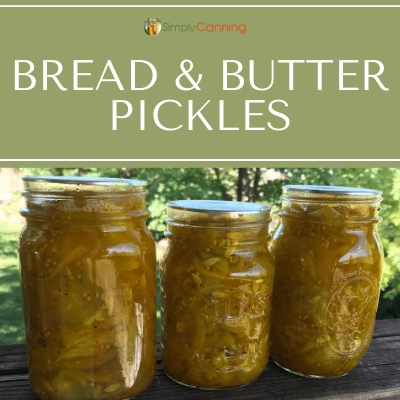
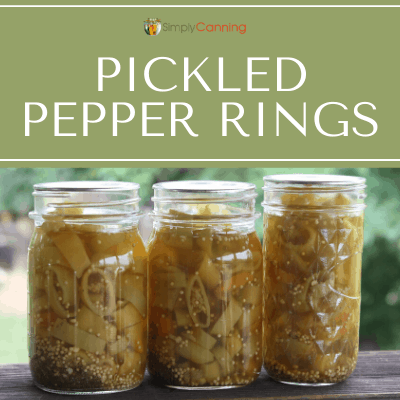
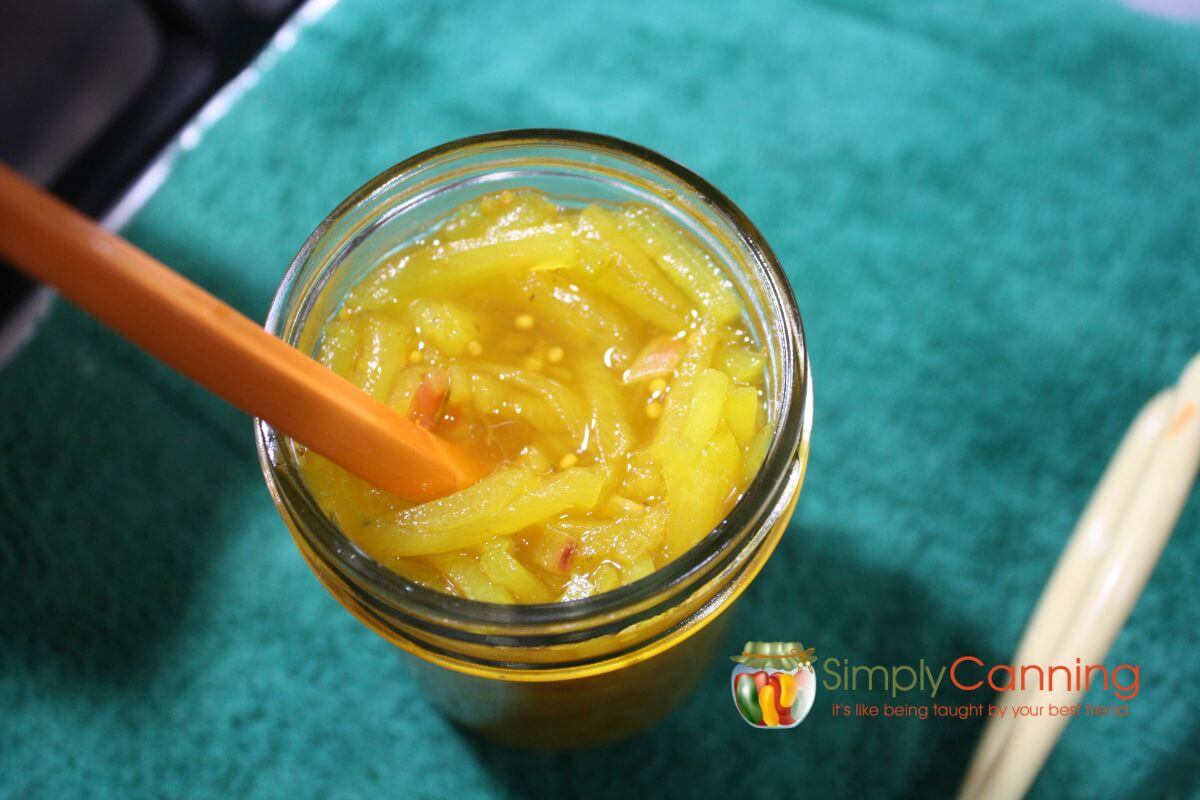
When I don’t want to scorch foods,
candys, chocolate, or sauces I heat it in a separate pot in another pot set in boiling water.
I really love this recipe, the first ketchup one I’ve tried that really tastes great. I’d like to recommend a great tool you should try. I never stir and simmer long enough to get to ‘thick’. Either that, or I burn it by walking away for too long. After knowing I wanted to do another really big batch of ketchup and lots of tomato sauce as well, I looked for ‘automatic stirrer’ on Amazon and got a Stirmate. It works great, even in pots that aren’t round. Variable speed and rechargeable that clamps to the pot. Now, I get stuff… Read more »
I’m interested in your ketchup recipe. I’m able to calculate for making bigger batches but wanted to draw your attention to the size calculator. When I push 2x or 3x only the amount of servings changes. The recipe amounts stay the same.
Oh no. I’ll take a look at that and fix it. Thanks for letting me know!
Made this recipe last week with my over abundance if tomatoes. Turned out so good I am back making a second batch!
I’ve tried ketchup recipes before, but like your crew, found them too highly seasoned. I will play with this recipe soon, since I’m looking at a big crop again and would really like a good ketchup. My question is why not use pressure canning rather than water bath? When that is an option, I generally do that as the higher temperature could provide a longer shelf life. That also insures the acidity question isn’t as critical.
Congratulations on your move from Colorado, now you get to learn gardening all over again with the new climate!
I don’t think pressuring is any safer than a water bath. They are simply two different processes for different purposes. I don’t know that the pressure canner gives a longer shelf life. I had not heard that before so I haven’t researched it so if you’ve got a source that states this I’d love to see it. 🙂 I’m always up for learning new things. And the acidity is just as important in pressure canning as waterbath canning. The pressure canning process was tested with certain foods and acidity levels. That is why it is now recommended to add lemon… Read more »
Can I use tomatoes that I threw into the freezer to use later?
Yes. Thaw completely and follow the recipe as it is written. You’ll still need to skin them if you didn’t before you froze them. And I recommend removing the seeds too.
Hi Sharon, thanks for the recipe! Do you think the whole raw tomatoes (and the cooked pepper/onion mixture) could be puréed in a high speed blender like a Vitamix thus avoiding the milling process?
No, the thing is the mill removes the peels of the tomatoes and peppers.
so your calculator on the recipe only seems to work for the number of servings not the recipe. I click the 3x button and it changes to 9 pints, but the quantities on the ingredients don’t change. can do the math myself but wanted to let you know so you can fix that
Thank you very much for pointing that out. I’ll take a look and see what needs to be fixed.
I was looking for a smaller batch recipe for using my fresh tomatoes from my garden. Can you tell me what 4 quarts equate to in fresh tomatoes? Like how many pounds?
I’ve never weight mine out. I’ve usually just got a box or two of tomatoes and I keep canning until it’s gone! haha.
An average of 35 pounds is needed for 7 quarts of sauce. 4 quarts is a little more than half that. So I’d estimate 19-20 pounds. Make your sauce and then measure out the 4 quarts needed for this recipe so you know you’ll have the right amount.
Your recipe calls for tomato puree, but the instructions say to put tomatoes through a food mill to remove seeds and skins.
I’m confused.
Guy, thank you for asking. I reworded the recipe to hopefully make more sense. When I start, I have tomatoes that are simply chopped and I make a puree out of that. I didn’t indicate that very well in my ingredient list so I edited it above to be more clear. I then added some more clarity in the directions themselves. Hopefully, that helps. Please ask again if you still are uncertain. It helps me to know how others are reading my directions so I can be sure they are clear for others too.